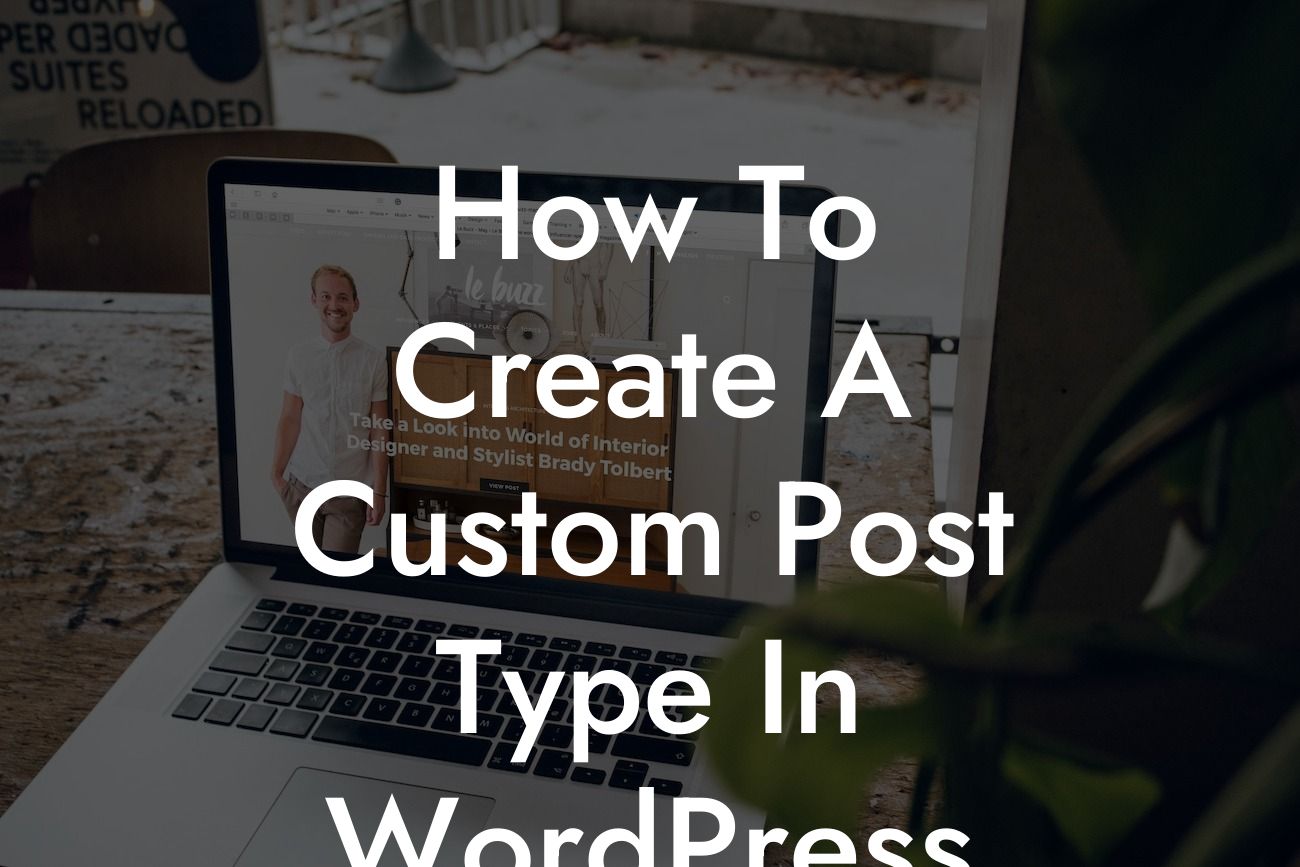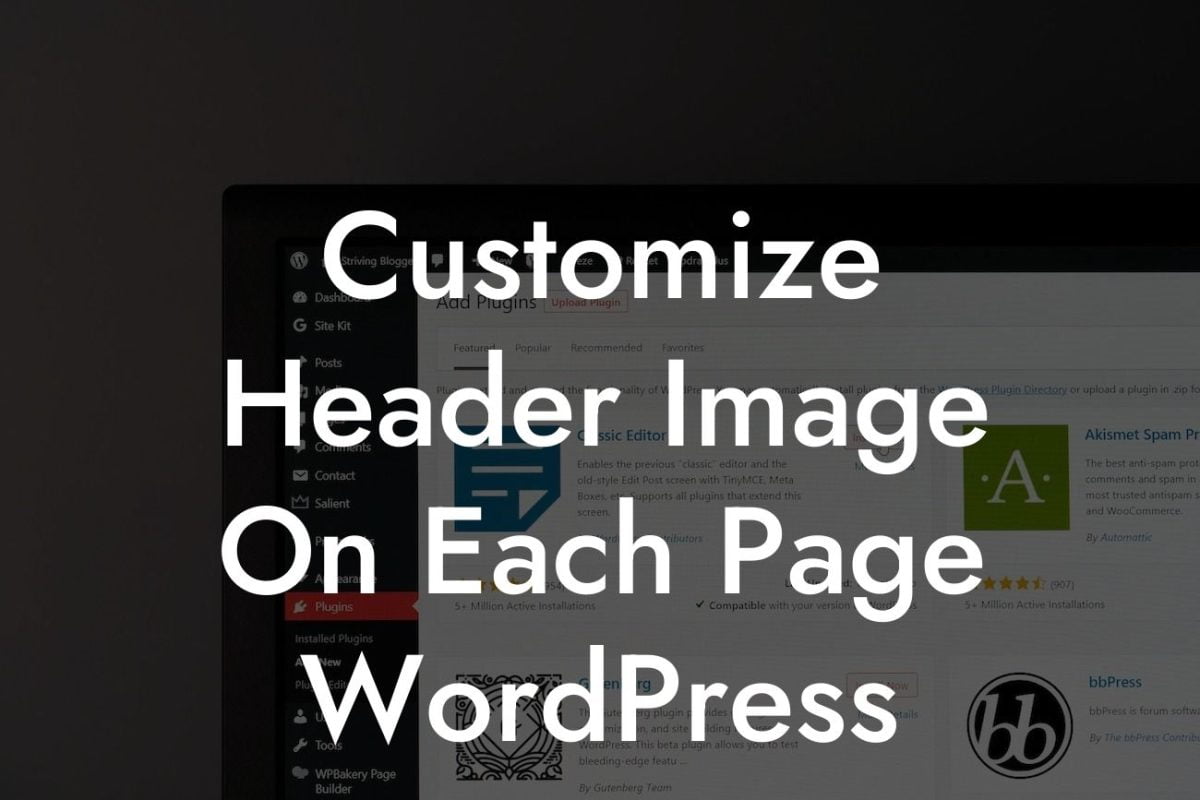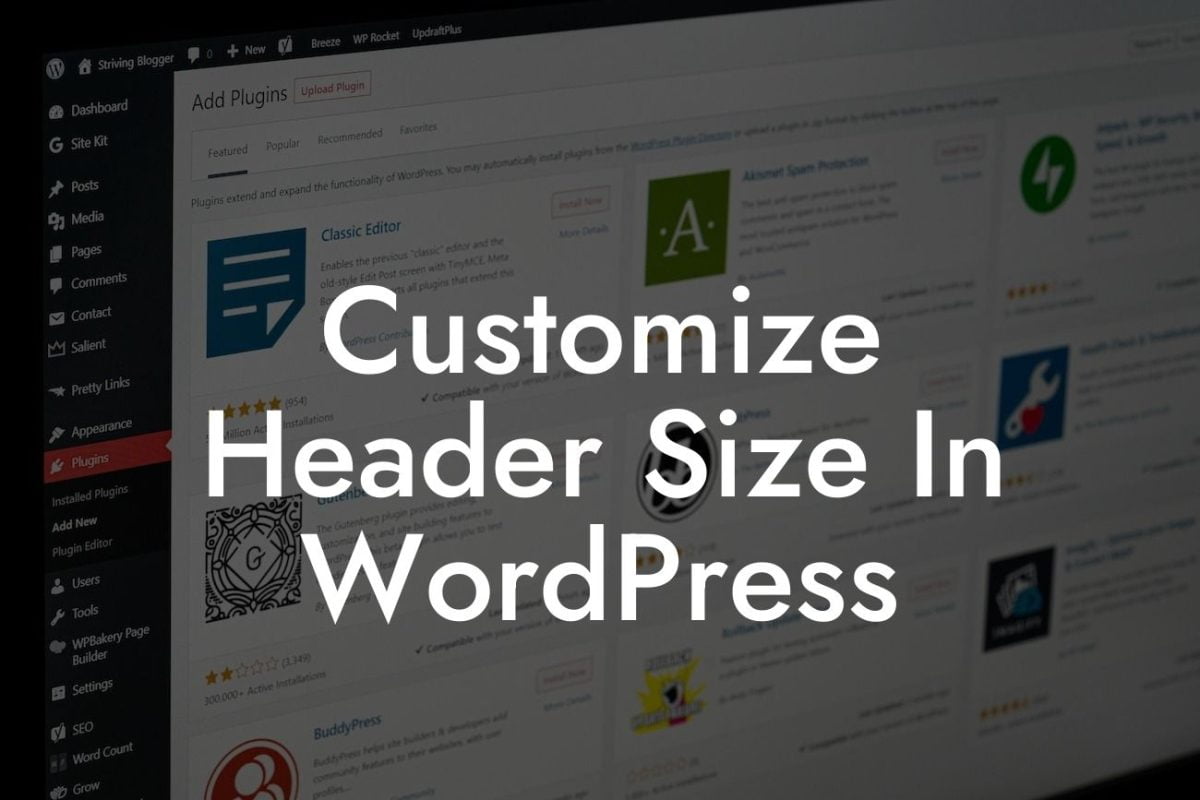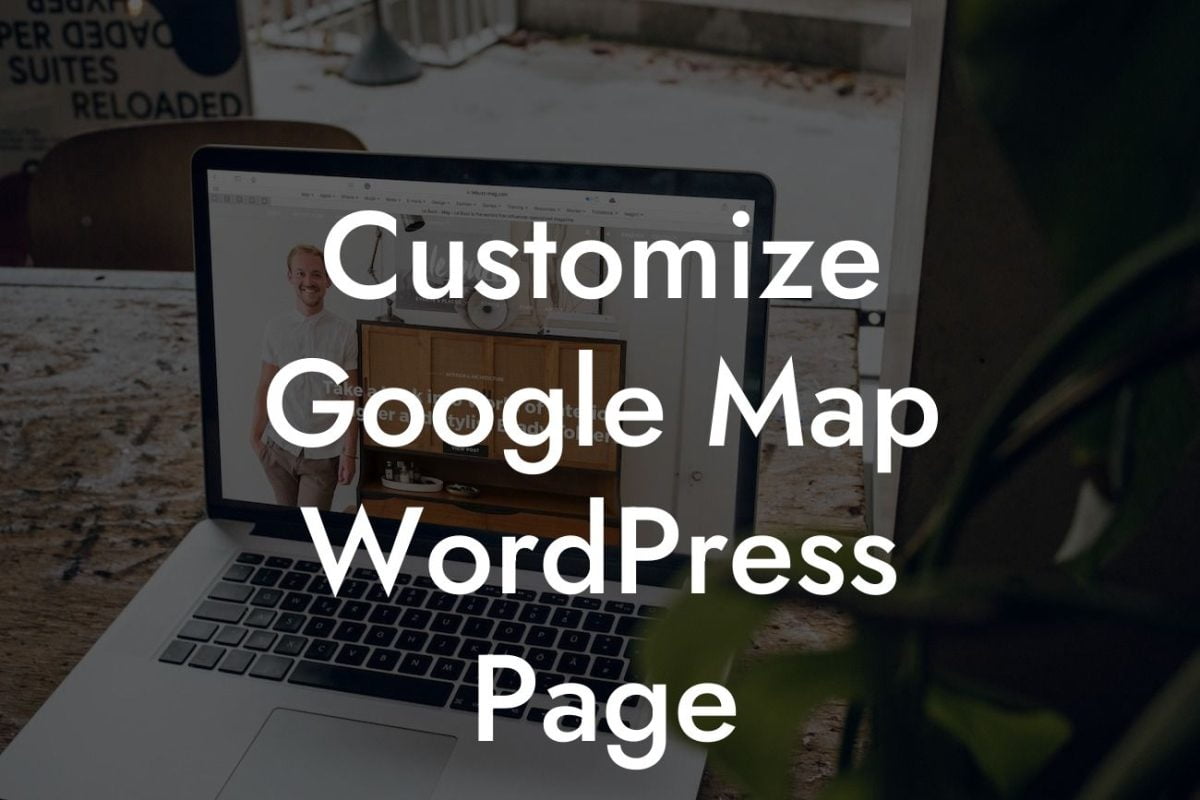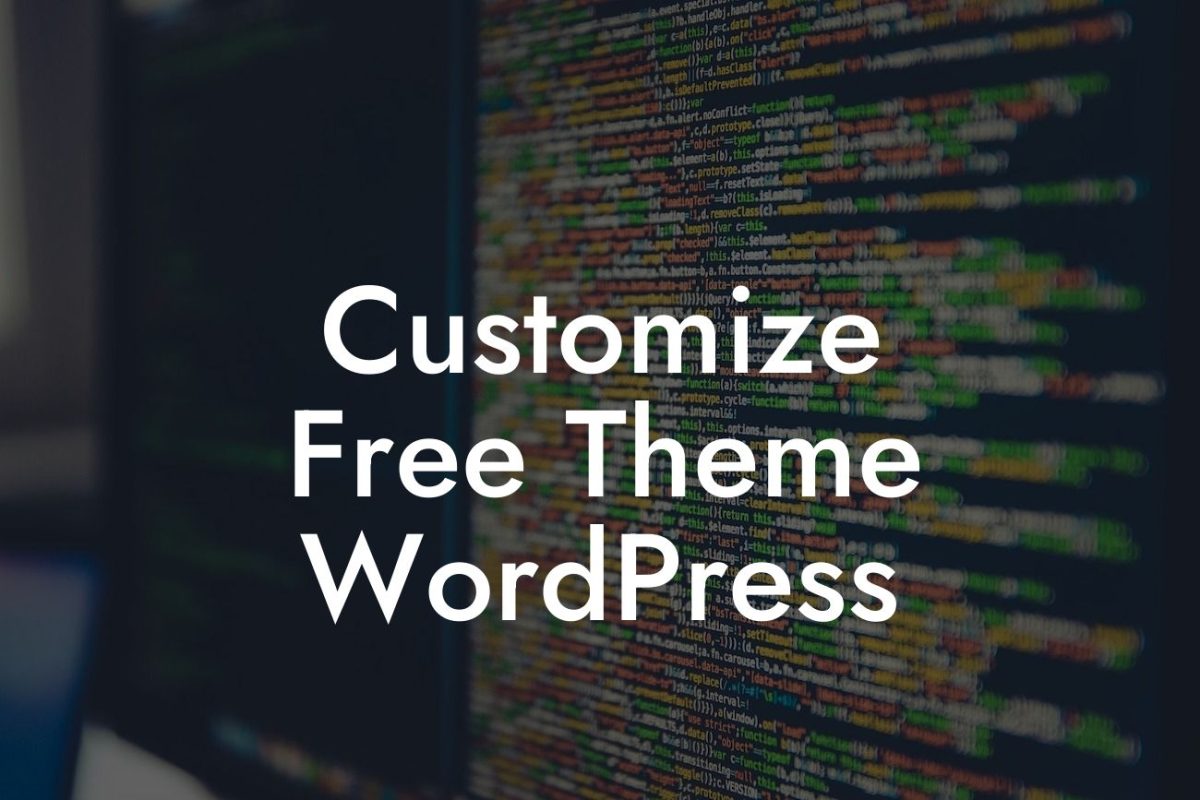Creating a captivating and dynamic website is paramount for small businesses and entrepreneurs looking to make a mark in the online sphere. One of the ways to enhance your website's functionality and provide a unique user experience is by creating a custom post type in WordPress. In this guide, we'll walk you through the necessary steps to create a custom post type that perfectly aligns with your business goals and objectives. Get ready to elevate your online presence with DamnWoo!
Creating a custom post type in WordPress allows you to go beyond the limitations of the default posts and pages. It enables you to design and showcase content in a more personalized and targeted manner. Here are the steps to create a custom post type:
1. Define your goals:
Before diving into the technicalities, it's important to understand what you want to achieve with your custom post type. Identify the content you want to showcase and how it adds value to your website.
2. Install a Plugin:
Looking For a Custom QuickBook Integration?
To simplify the process, DamnWoo recommends using a plugin like Custom Post Type UI. Install and activate the plugin through your WordPress dashboard.
3. Configure the Plugin:
After activating the plugin, navigate to the "CPT UI" menu on your WordPress dashboard. Click on "Add/Edit Post Types" and then "Add New" to begin configuring your custom post type.
4. Add Post Type Details:
Provide a name and a slug for your custom post type. The slug is the URL-friendly version of the name. For example, if your custom post type is for recipes, the slug could be "recipes".
5. Set Post Type Labels and Descriptions:
Customize the labels and descriptions for your custom post type to make it more user-friendly. This will help you and your website visitors understand the purpose of the post type.
6. Choose Post Type Settings:
Determine the settings for your custom post type, such as whether it should have a hierarchical structure like pages or a chronological structure like posts. You can also enable features like comments, revisions, and excerpts.
7. Add Taxonomies:
Taxonomies enable you to categorize and organize your custom post type. Create taxonomies like tags or categories to help users navigate and filter your content easily.
8. Publish and Test:
Once you're satisfied with the settings, click on "Publish" to create your custom post type. Test it out on your website to ensure it looks and functions as intended.
How To Create A Custom Post Type In Wordpress Example:
Imagine you run a fitness blog and want to create a custom post type for workout routines. With this custom post type, you can showcase various workout routines with specific categories like "cardio," "strength training," and "yoga." Each routine can have its own unique content and layout, providing a tailored experience for your readers.
Congratulations on successfully creating your custom post type! You've taken a significant step towards enhancing your website's functionality and providing a personalized user experience. Now, it's time to explore DamnWoo's range of plugins to further optimize your website. From SEO tools to social media integrations, our plugins will supercharge your success. Don't forget to share this article with others looking to level up their WordPress game. Keep exploring DamnWoo for more informative guides and start creating your extraordinary online presence today!

